A B R I E F H I S T O R Y OF
A N N A H A L L
The Building and Golden Era of Anna Hall ( 1852 - 1909 )
Count Pál Ferenc Zichy built his manor on his estate in Nagyhörcsök, located in the heart of the Mezőföld region, based on the designs of Antal Wéber. Construction began in 1852 and lasted only three years. The Neo-Gothic manor, enriched with Moorish influences, was named Anna Hall after his wife, Countess Anna Kornis of Göncruszka.
However, the building did not stop evolving there. As the family grew and their social life expanded, Anna Hall continued to develop under the plans of Miklós Ybl, incorporating the most modern architectural solutions of the age.
The manor soon became the intellectual and social centre of the family. Balls, salon evenings, hunts, and charity events followed one another, while the estate gained renown as a modern model farm. The estate's innovative agricultural tools, the carefully designed park, and the evenings that hosted some of the era's leading artists all contributed to its unique atmosphere. The family's library, salon life, and art collection earned the Nagyhörcsök estate significant prestige.
Thanks to this, Anna Hall welcomed many of the most respected nobles, artists, and politicians of the time within its walls.
By the turn of the century, Anna Hall had become a defining venue for the region's cultural and social life, where English elegance met Hungarian tradition in perfect harmony. Yet in 1909, with the death of Count Pál Ferenc Zichy, the founders' golden age came to an end. The house remained in family hands, but its brilliance slowly began to fade.
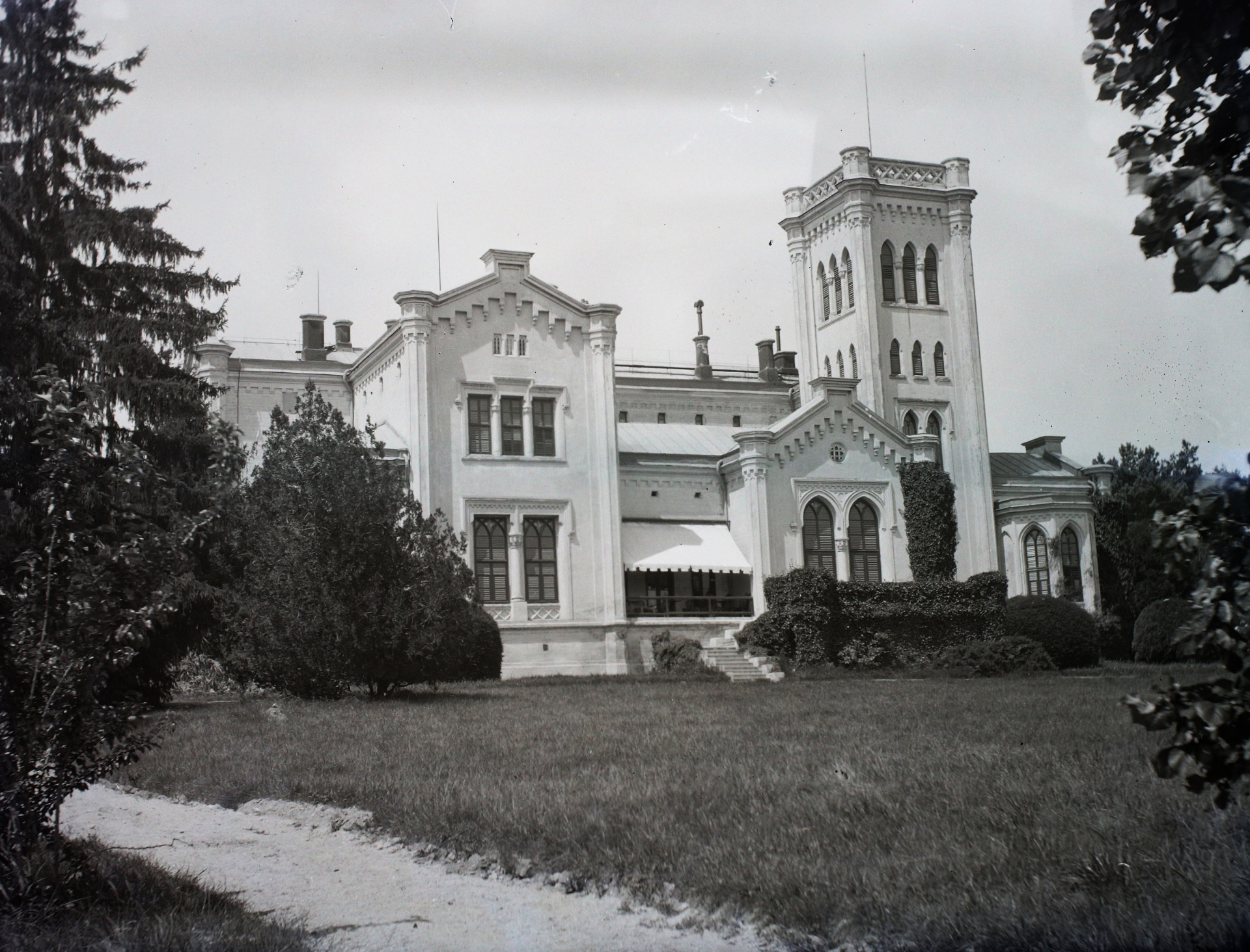
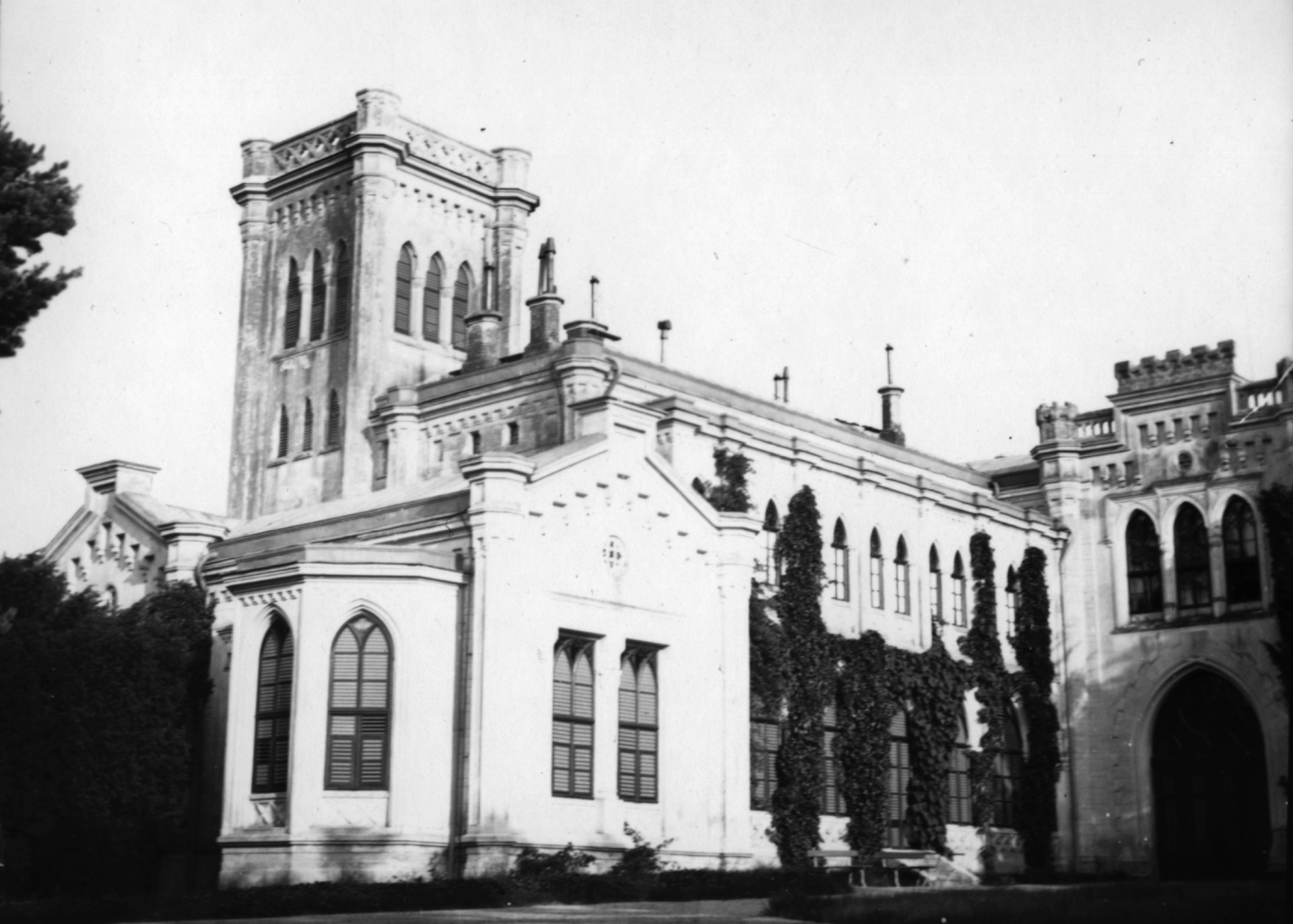
.

Guardians of the Heritage ( 1910 – 1938 )
After the founders, the heirs of the manor — relatives, cousins, and more distant branches of the Zichy family — took over the management of the estate. By then, the building was no longer the home of lavish balls and hunts, but rather a quiet family residence. The park remained well-kept, and the farm continued to operate, yet the era was marked by restraint and slow change.
The First World War, followed by the Treaty of Trianon, profoundly shook the financial and social foundations of the Hungarian aristocracy. The family still preserved the legacy of their ancestors, but social transformation and growing economic hardship made it increasingly clear that the manor's former splendour could no longer be maintained.
These were silent decades of remembrance — the radiance of the past still shimmered faintly within the walls, but the premonition of decline had already begun to settle over the house.
The Years of Demolition ( 1939 – 1942 )
The shadow of the Second World War sealed the fate of Anna Hall once and for all. The financial burden of upkeephad become unbearable, and the heirs — out of necessity or despair — decided to demolish most of the manor.
Between 1939 and 1942, the valuable architectural elements, such as ornate stone carvings and railings, were carefully arranged throughout the park — though during the war and in the years that followed, most of them were carried away. The main wing's walls gradually vanished, leaving behind only a few outbuildings and the ancient trees of the park as silent witnesses to its former grandeur.
By the time the war broke out in full force, the once romantic residence had become but a shadow of its former self.
.

.
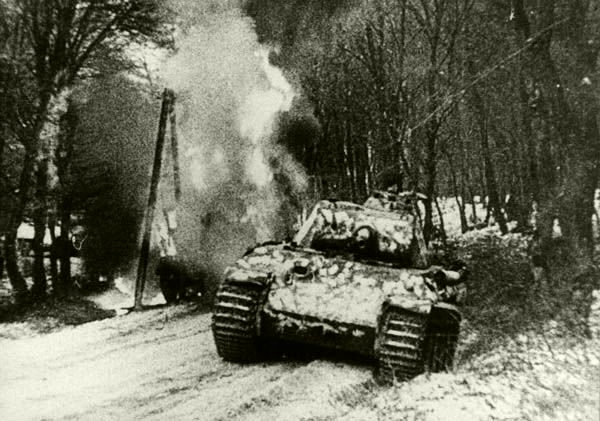
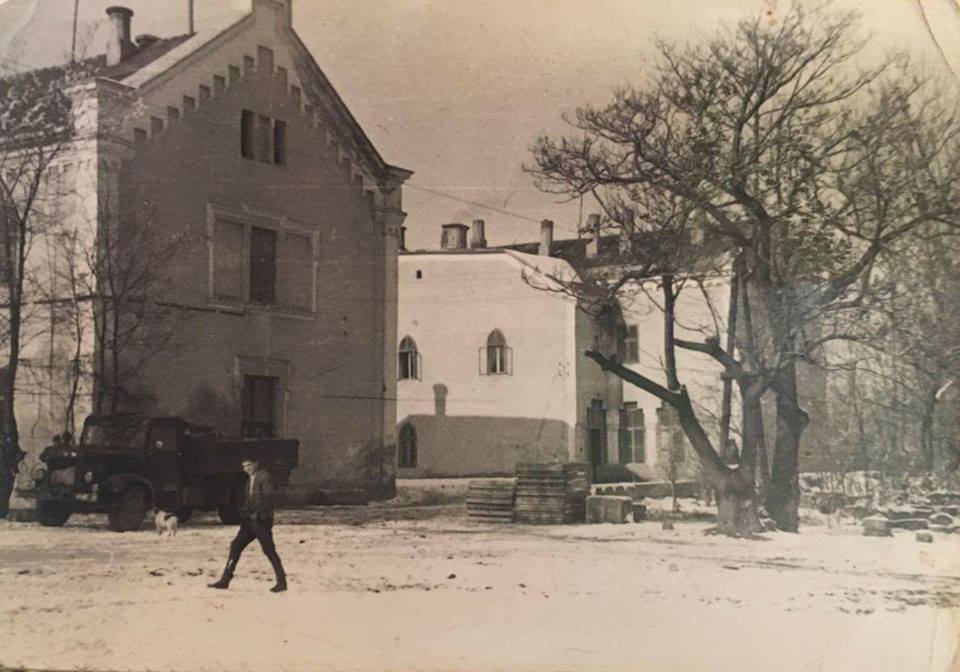
The Storm of War ( 1944 - 1945 )
In the autumn of 1944, the inhabitants of Nagyhörcsök had been watching for days as bombers flew overhead toward Budapest. Although the village itself did not suffer a direct air raid, the approach of the front became increasingly evident. On the morning of December 6, 1944, at 8 a.m., the first Soviet soldiers appeared in the village. Locals observed them from bunkers and shelters, and despite the language barrier, the soldiers approached amicably — they lifted children into their arms, asked for food, and often returned from battle singing.
In the following months, Nagyhörcsök became a true battlefield, changing hands several times between Soviet and German forces. The villagers joined the Soviets in repairing roads and bridges, and digging bunkers.
A particularly dramatic episode occurred on February 12, 1945, near the "Csíra Stable". The retreating German troops had left behind two snipers, whom the Soviets tried to eliminate after artillery bombardment. Civilians — including women, children, and livestock — who had sought refuge in the stable, endured hours of fighting as bullets whistled over their heads, while in the midst of the chaos, a woman gave birth to a child. Thirty-six Soviet soldiers were killed in the clash, and the two German snipers were eventually shot.
The battles took a heavy toll: the school, farm buildings, and homes were destroyed, and the estate's rich livestockwas nearly wiped out. Even after the fighting ended, many fell victim to the mines left behind.
Anna Hall did not escape the devastation either. Its furnishings and remaining books were burned, and after a rocket strike rendered the western wing beyond repair, it was completely demolished.
The fighting finally ended on March 21, 1945, when Soviet forces drove out the Germans for good. In the woods surrounding the manor, traces of trenches can still be found today — silent witnesses to the memory of war.
Nationalization and the State Farm Era ( 1945 – 1994 )
The decades following the war did not spare Anna Hall. After the front lines had passed, the interior of the manorgradually fell into decay: the surviving furniture and ornaments were taken away, and the roof and walls deteriorated year by year. Eventually, the building became state property and was placed not under a collective farm but under the management of a State Farm.
In 1953, the remaining structures were renovated to meet contemporary needs, and the State Farm headquartersmoved into the complex. On the site of the former representative main wing, a socialist realist ("szocreál") industrial kitchen and dining hall were constructed — their main walls still stand today, silently marking the era of transformation.
The farm was not only a workplace, but also a centre of cultural life for the surrounding region. A folk dance groupand an amateur theatre troupe entertained the workers, often performing in neighbouring villages as well. Sports lifewas also remarkably active: in 1951, the farm's football team won the district championship, and its athletes excelled in running and long jump.
A football field was built in the manor park, inaugurated with an opening match between the local team and Budapest Honvéd SE. Later, a tennis court, a rose garden, a club room, a bowling alley, and an open-air stage were also established within the park.
The farm's everyday life followed the rhythm of large-scale agricultural production. The permanent workforcenumbered around 400 people, supplemented by about 150 seasonal workers. The industrial kitchen regularly provided hot meals for more than five hundred people each day.
Later, the Nagyhörcsök State Farm became part of the Mezőfalva Agricultural Combine, with which it operated until 1994, when privatization was completed. The traces of this era — the socialist-realist buildings, the sports field, and the remnants of the old rose garden — still remind us of the time when Anna Hall served not only as an economic hub but also as a vibrant community centre in the heart of the Mezőföld region.
.


.
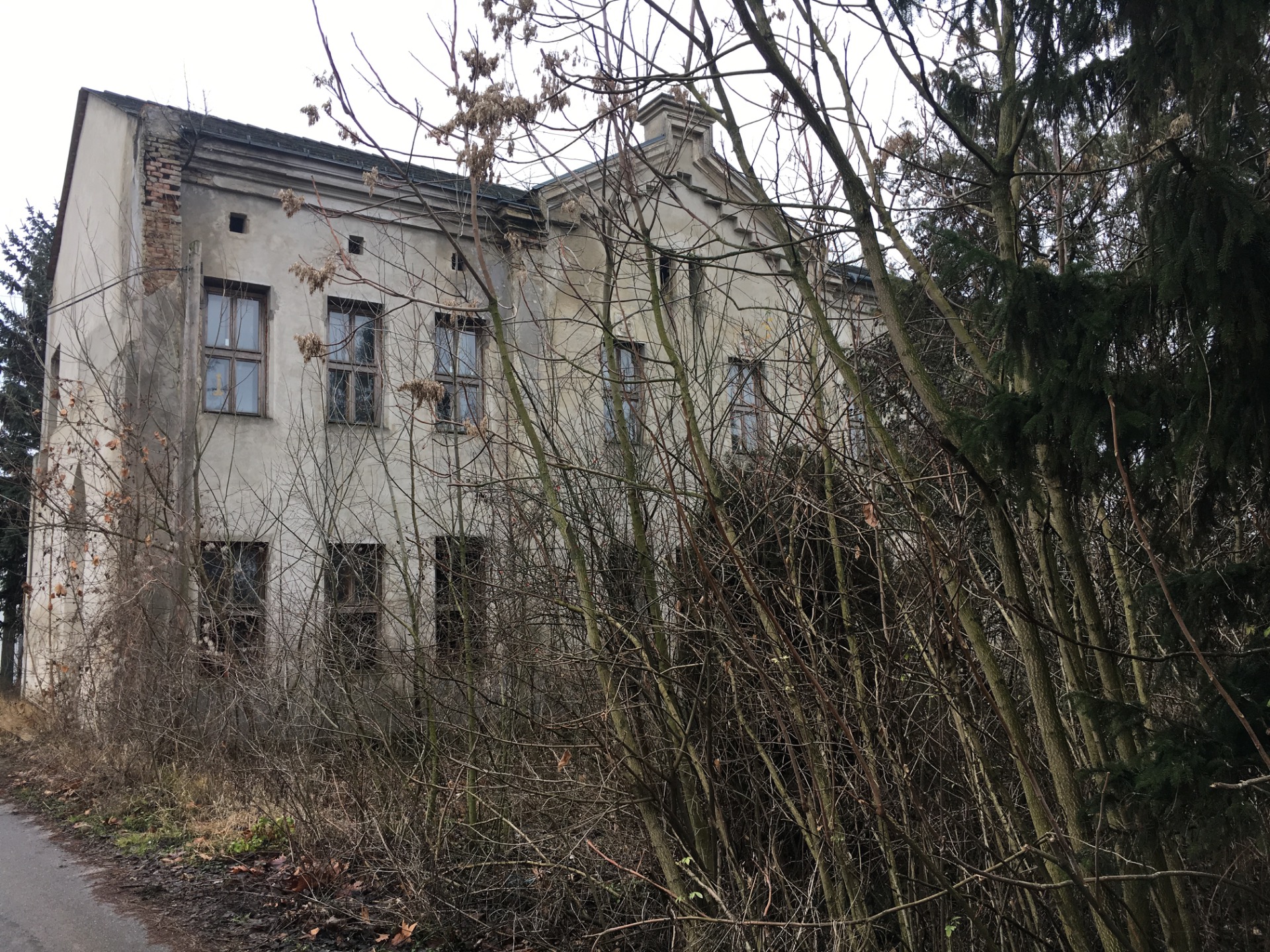
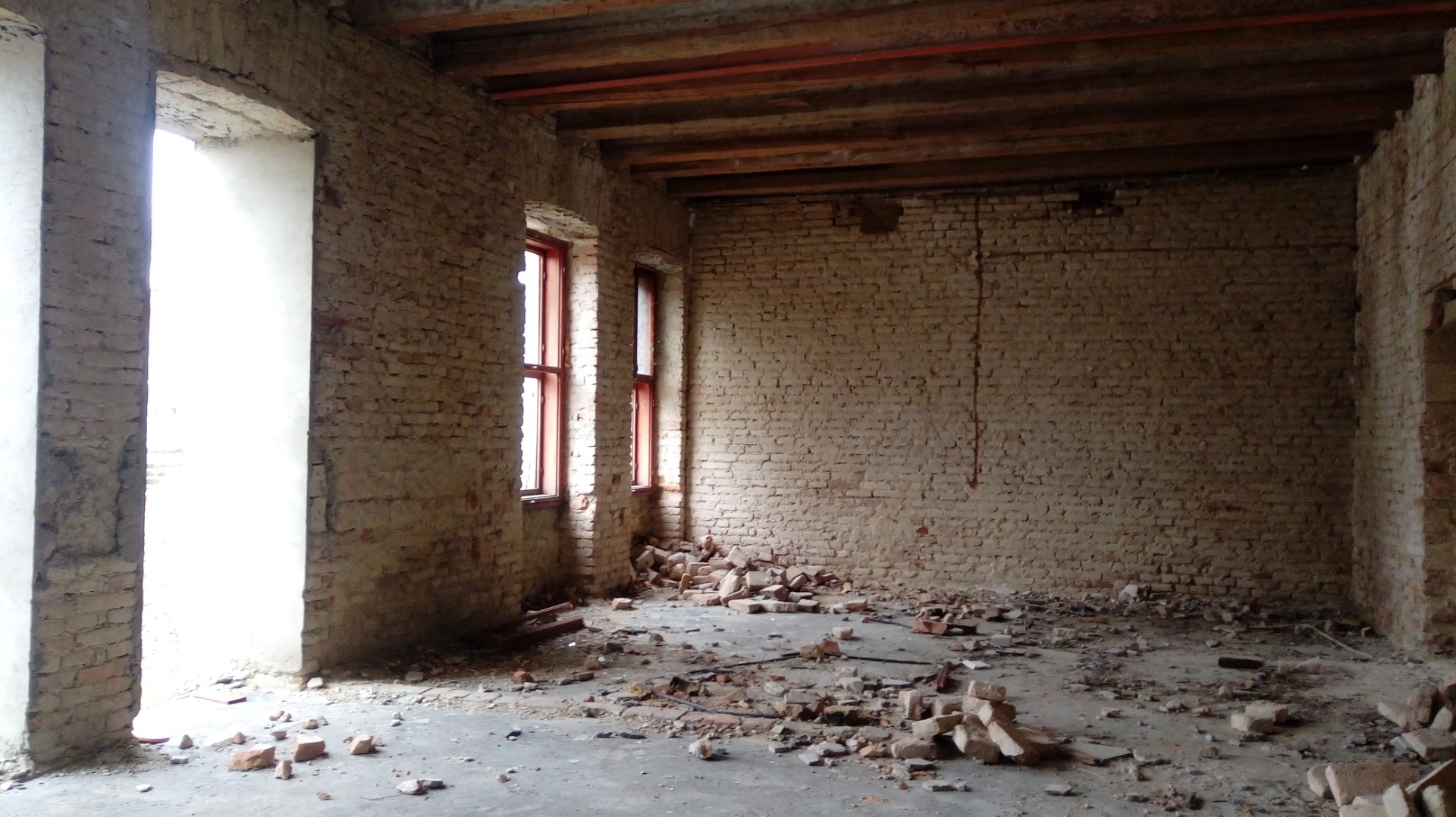
The Road to Ruin ( 1994 – 2017 )
The political transition brought no peace or revival for Anna Hall. Although the remaining parts of the building passed into private ownership, and ambitious restoration plans began to take shape — envisioning a refined hotel within the former manor — the project started under unfavourable circumstances. The slaughterhouse operating in the old stables posed a serious obstacle, while the economic crisis quickly drained the available funds.
The abandoned reconstruction not only halted progress but accelerated decay. In the years following privatization, the condition of the building deteriorated year by year: the roof leaked like a sieve, ceilings collapsed, and plaster crumbled from the walls. The manor's stone and brick materials were taken away for use in other buildings; its ornamentation slowly vanished, and its facade faded, losing its former elegance.
A separate chapter unfolded in the southern wing, where a slaughterhouse was established in the former agricultural section — operating continuously until 2015.
The once magnificent park turned into overgrown scrubland: the decorative trees aged or were cut down, and the carefully designed pathways disappeared without a trace.
In the memories of the locals, the legend of the old Anna Hall still lived on, yet in reality, the building had become little more than a heap of ruins. Year after year, it drifted closer to complete destruction, as if it were merely waiting for its final demolition.
Renovation ( 2018 – ∞)
At the turn of 2017–2018, the fate of Anna Hall finally — and we hope permanently — took a positive turn. During these years, we managed to purchase the remaining parts of the building in several stages, with the intention not only to save it, but also to give it a new and worthy purpose.
It was then that the structural reinforcement and the restoration of the park could finally begin.
Since then, the renovation has continued steadily, within the limits of our means. Though many long decades of work still lie ahead, we are preserving this small yet precious fragment of the past, step by step, brick by brick.

.
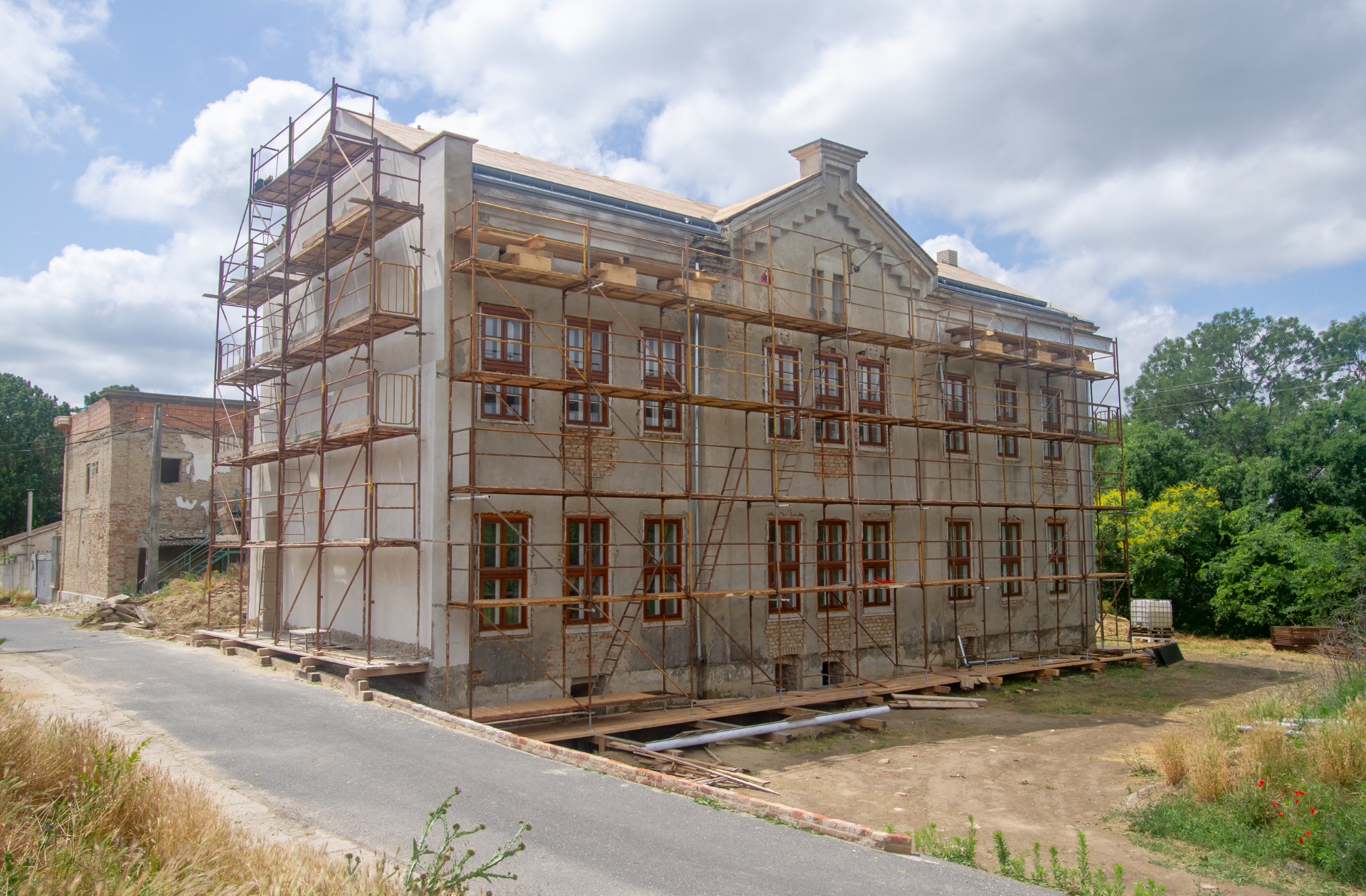
Today, Anna Hall is far more than a building. It serves as a venue for classical music concerts, chamber exhibitions, literary evenings, and community gatherings, while also remaining a living family home and one of the centres of the estate.
Through its spirit, it brings to life a community of people connected to the manor — devotees of heritage preservation, supporters, artisans, visual artists, musicians, and visitors who love the arts.
The continuously reborn Anna Hall, rising from its ruins, pays tribute to the past while opening space for the culture of the present — proving that even after the storms of history, renewal is always possible.
